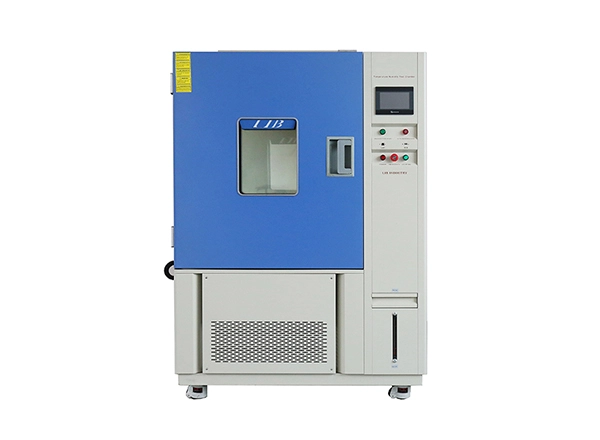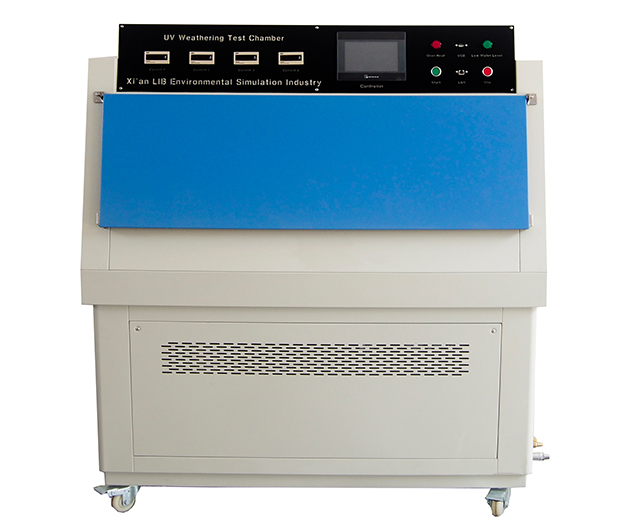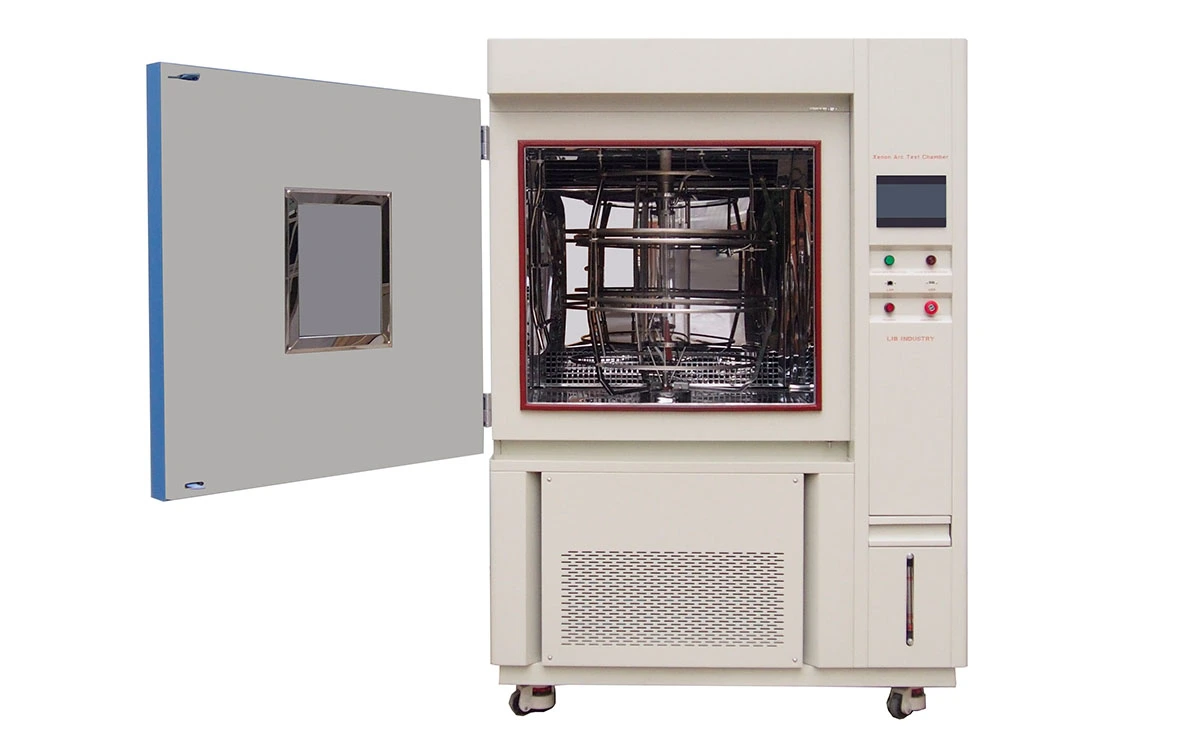

An UV Accelerated Aging Chamber is a laboratory device used to simulate and accelerate the aging process of materials in natural environments. The following is the general working principle of a UV Accelerated Aging Chamber:

1、Ultraviolet Radiation: The aging chamber uses ultraviolet lamps, typically fluorescent or xenon lamps, to simulate the ultraviolet portion of sunlight. These lamps emit UV radiation, including UVA and UVB wavelengths, which have the most significant impact on material aging. UV radiation can cause materials to undergo color changes, loss of gloss, reduction in strength, and surface cracking.
2、Temperature Control: The chamber is equipped with a temperature control system that can set and maintain specific temperatures to simulate temperature variations in different climatic conditions. Higher temperatures can accelerate the aging process of materials, so the chamber temperature is usually set higher than room temperature.
3、Humidity Control: To simulate the effects of humidity and moisture in natural environments, the chamber uses a condensation system or water spray system. The condensation system forms water droplets on the material surface to simulate dew, while the water spray system simulates rain. Humidity changes can cause materials to expand, contract, or undergo chemical changes.
4、Cyclic Exposure: The testing process in the chamber typically involves alternating cycles of UV radiation and humidity exposure. This cyclic process simulates the alternation of day and night, as well as sunny and rainy weather conditions in nature.
5、Control System: Modern UV accelerated aging chambers are usually equipped with microcomputer control systems that can precisely control the UV radiation intensity, temperature, humidity, and exposure cycles. Users can preset and adjust these parameters according to testing standards or material characteristics.
6、Safety Features: The chamber is also equipped with safety features such as overheat protection, overload protection, and emergency stop buttons to ensure safe operation and long-term stable performance of the equipment.

This equipment is widely used in material science, chemical industry, plastics, coatings, automotive, construction, and other industries to evaluate the durability and reliability of products under specific environmental conditions.
 English
English русский
русский français
français العربية
العربية Deutsch
Deutsch Español
Español


